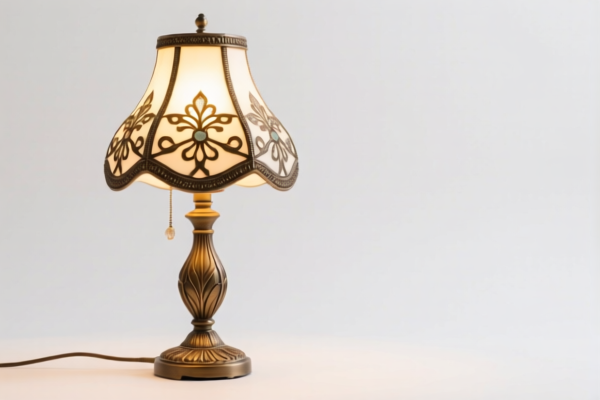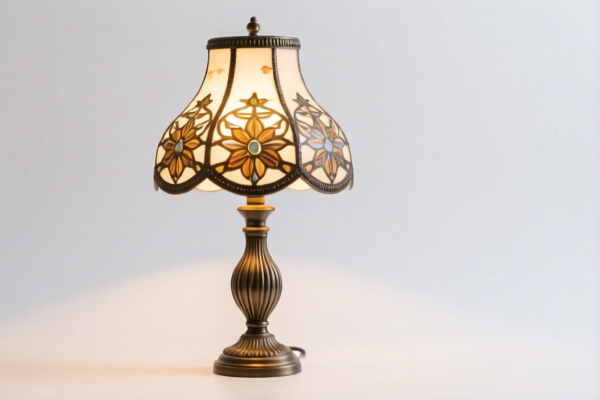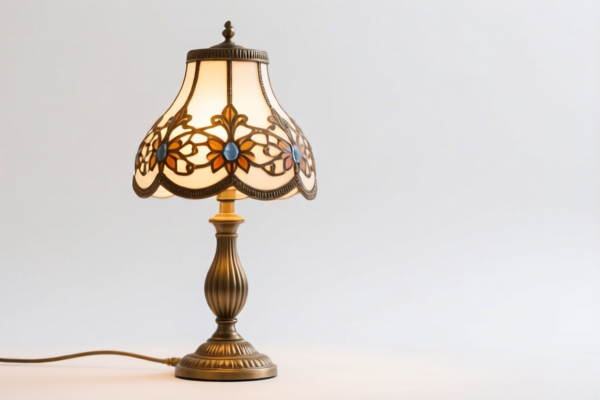| HS Code | Official Doc | Tariff Rate | Origin | Destination | Effective Date |
|---|---|---|---|---|---|
| 9620003090 | Doc | The rate applicable to the article of which it is an accessory+30.0% | CN | US | 2025-05-12 |
| 9620005000 | Doc | 60.3% | CN | US | 2025-05-12 |
| 9602005080 | Doc | 40.2% | CN | US | 2025-05-12 |
| 3926400010 | Doc | 35.3% | CN | US | 2025-05-12 |
| 3920910000 | Doc | 59.2% | CN | US | 2025-05-12 |
| 3920995000 | Doc | 60.8% | CN | US | 2025-05-12 |




Decorative Flag
A decorative flag is a non-functional flag primarily used for ornamentation or signaling aesthetic preference, as opposed to national, military, or signaling flags. These flags are characterized by their diverse designs, materials, and applications, largely focused on visual appeal.
Materials
Decorative flags are produced from a wide array of materials, influencing their durability, appearance, and cost:
- Polyester: The most common material due to its affordability, weather resistance, and vibrant color retention. Often used for outdoor flags.
- Nylon: A durable synthetic fabric known for its strength and ability to withstand wear and tear. Frequently used for flags intended for prolonged outdoor display.
- Cotton: A natural fiber offering a softer texture and richer appearance, though less durable than synthetics. Typically used for indoor or limited outdoor use.
- Silk: A luxurious material providing a high-end aesthetic, primarily used for indoor display or special events.
- Vinyl: Waterproof and highly durable, often used for banners or flags intended for harsh weather conditions.
- Burlap: A rustic, natural fabric used for decorative purposes, often associated with country or vintage themes.
Purpose
The primary purpose of a decorative flag is aesthetic enhancement. Specific purposes include:
- Personal Expression: Displaying hobbies, interests, or beliefs.
- Seasonal Decoration: Celebrating holidays or marking changes in seasons (e.g., garden flags, Halloween flags).
- Event Decoration: Enhancing the atmosphere of parties, weddings, or other events.
- Brand Promotion: Displaying logos or messages for businesses or organizations.
- Home/Garden Accent: Adding color and visual interest to outdoor or indoor spaces.
Function
Decorative flags lack the specific signaling functions of other flag types. Their functionality is primarily visual:
- Color & Pattern: Attracting attention and creating a desired aesthetic.
- Movement: Providing dynamic visual interest through wind-induced motion.
- Symbolism: Representing personal or cultural values.
Usage Scenarios
- Residential: Garden flags, porch flags, flags displayed on flagpoles.
- Commercial: Flags displayed outside businesses, event flags at festivals or fairs.
- Events: Banners, flags used for decoration at parties, weddings, or sporting events.
- Indoor Decoration: Wall-mounted flags, flags used as room accents.
Common Types
- Garden Flags: Smaller flags designed for display in gardens or lawns. Often feature seasonal or whimsical designs.
- Banners: Larger flags typically made of vinyl or polyester, used for promotional or decorative purposes.
- House Flags: Flags designed to be displayed on flagpoles or hung from houses.
- Holiday Flags: Flags specifically designed for celebrating holidays (e.g., Christmas, Halloween, Fourth of July).
- Sports Flags: Flags representing sports teams or athletes.
- Novelty Flags: Flags featuring unique or humorous designs.
- Apparel Flags: Small flags attached to clothing or accessories for decorative purposes.
Decorative flags fall under several potential classifications based on material and specific characteristics. Here's a breakdown of relevant HS codes based on the provided information:
-
3926400010: This code covers “Other articles of plastics and articles of other materials of headings 3901 to 3914: Statuettes and other ornamental articles Bows and similar products for decorative purposes including gift-packaging and the like”. If the decorative flag is made of plastic or other materials within headings 3901 to 3914, this is a likely classification. The base tariff is 5.3%, with a 0.0% additional tariff, increasing to 30.0% after April 2, 2025, resulting in a total tariff of 35.3%.
-
3926400010: This code also includes “Bows and similar products for decorative purposes including gift-packaging and the like”. If the flag is used as a decorative item or part of gift packaging, this code may apply. The tariff structure is the same as above: 5.3% base tariff, 0.0% additional tariff, and 35.3% total tariff after April 2, 2025.
-
9620003090: This code covers “Monopods, bipods, tripods and similar articles: Accessories for the instruments and appliances, including rangefinders, of heading 9015 Other”. If the decorative flag is designed to be attached to a stand or used with instruments, it could fall under this classification. The tariff is based on the accessory article's rate, plus an additional 30.0% tariff after April 2, 2025.
-
3920910000: This code covers “Other plates, sheets, film, foil and strip, of plastics, noncellular and not reinforced, laminated, supported or similarly combined with other materials: Of other plastics: Of poly(vinyl butyral)”. If the flag is made of poly(vinyl butyral) plastic, this code is applicable. The tariff structure is 4.2% base tariff, 25.0% additional tariff, and 59.2% total tariff after April 2, 2025.
-
3920995000: This code covers “Other plates, sheets, film, foil and strip, of plastics, noncellular and not reinforced, laminated, supported or similarly combined with other materials: Of other plastics: Of other plastics: Other”. If the flag is made of other plastics not specifically mentioned, this code may apply. The tariff structure is 5.8% base tariff, 25.0% additional tariff, and 60.8% total tariff after April 2, 2025.
It is important to determine the exact material composition of the decorative flag to ensure accurate classification.
Customer Reviews
No reviews yet.